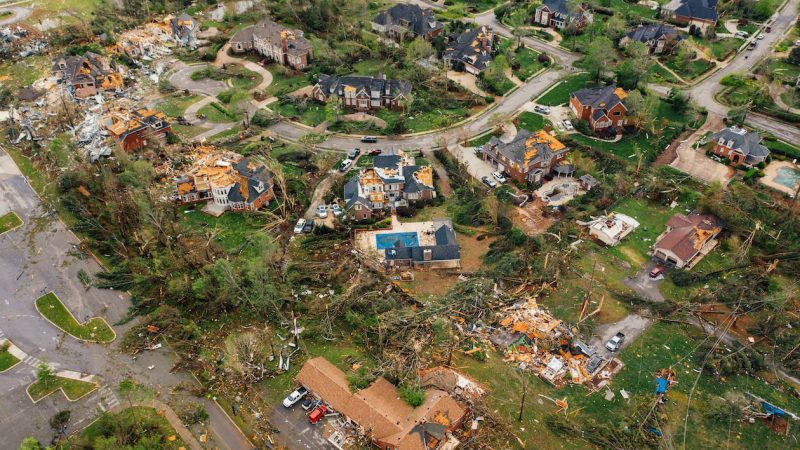Opportunities exist on Gulf Coast, despite widespread hurricane devastation
It was the deadliest hurricane to strike Florida since 1935. Hurricane Ian was a Category 4 storm that came ashore on the Gulf Coast near the end of September, taking well over 100 lives. Damage estimates are staggering: as high as $70 billion. Slamming Cayo Costa just west of Fort Myers, Ian reduced Florida communities to twisted piles of wreckage and caused historic flooding.
Whenever that much damage occurs, it’s bound to have an effect on the region’s real estate – both residential and commercial.
CRE buying opportunities
Some may wonder whether investors are looking for damaged commercial properties they can buy at a discount – a kind of “fire sale.” A similar phenomenon did happen in the early days of the COVID-19 pandemic as businesses started closing their doors. Some investors saw this as a buying opportunity and began snatching up unoccupied properties. So far, though, I haven’t seen anything like this in relation to Hurricane Ian.
Instead, recovery has been the main focus. We have fielded several calls from FEMA contractors looking for warehouse space. Roofing companies have contacted us to find them office and warehouse space in damaged areas that need their services.
Down in the Fort Myers/Naples area – closer to “ground zero” for the hurricane’s landfall – we’ll likely see a shortage of commercial spaces as companies scramble to reopen. In many cases, their stores, offices and warehouses are unusable, putting upward pressure on habitable structures.
New Construction
Whenever a massive storm sweeps through an area, people can be apprehensive about erecting new structures in the recently devastated locale. But construction companies have always factored in such issues as flooding before the building process starts. It goes with the territory.
A bigger issue will be the pricing and availability of both materials and labor. We were already struggling with these issues before the destruction of so many buildings. The widespread storm damage is probably going to exacerbate the existing challenges as supply lags far behind demand.
CRE at ground zero
While homeowners may be reluctant to buy in a storm-ravaged area, businesses usually are not – at least not as much. After all, that’s why they have insurance. If a location is good for business, that’s what matters most. If there is a concern about future storm damage, CRE buyers would, of course, pick a property with less risk. But in our already-tight CRE market, they don’t always have that luxury.
Demand for business property is still extremely high in Florida as the commercial sector struggles to catch up with the explosive residential growth. We expect this to be the case for years to come, despite the effects of Ian.
The hospitality industry
With the hurricane being front and center in the recent news cycle, we may see people around the country change their travel plans. The national perception that vast areas are in shambles may affect Gulf Coast tourism, along with its hospitality industry. However, many hotels and restaurants will reopen soon with minor repairs. The area is making progress every day in the cleanup.
On the other side of the coin, a lot of local hotels are slammed full with displaced victims or with people trying to help them. As a result, peripheral areas are seeing a boom.
Recovery is a matter of time, effort
Natural disasters have always been with us. They’re terrible, especially when they involve loss of life. But areas recover. Human populations are resilient, including the business sectors that support them.
It takes a great deal of time and work, but things do return to normal.
Tony Veldkamp, CCIM, Senior Advisor
SVN Commercial Advisory Group

